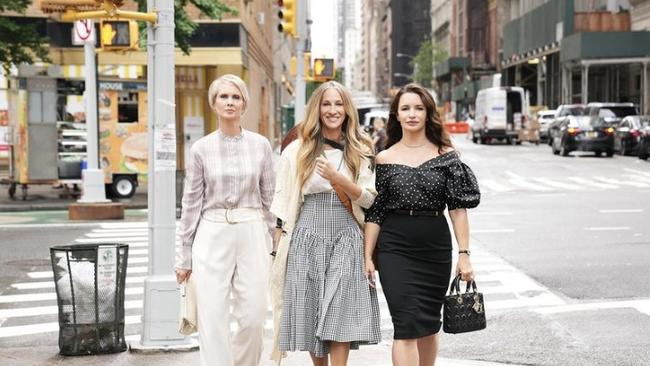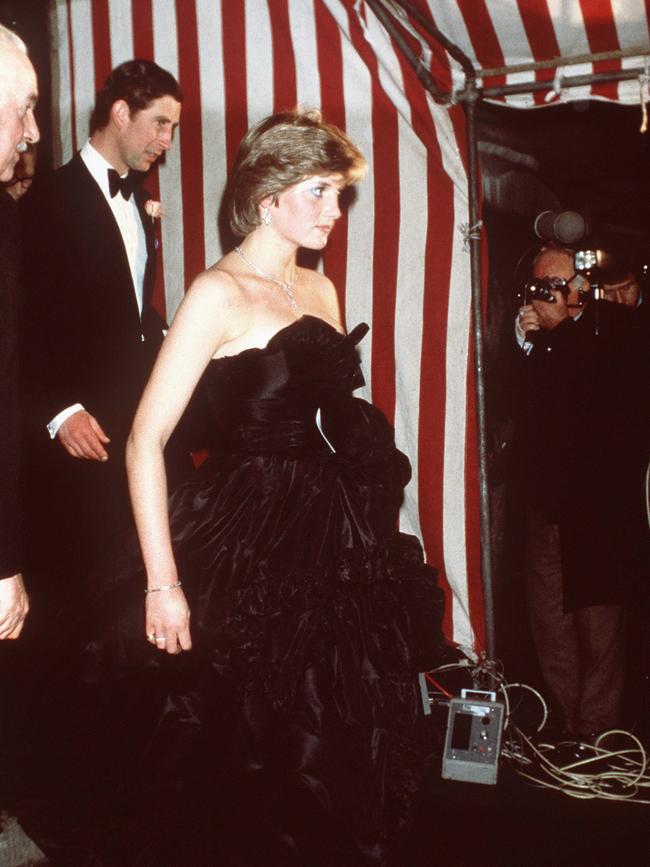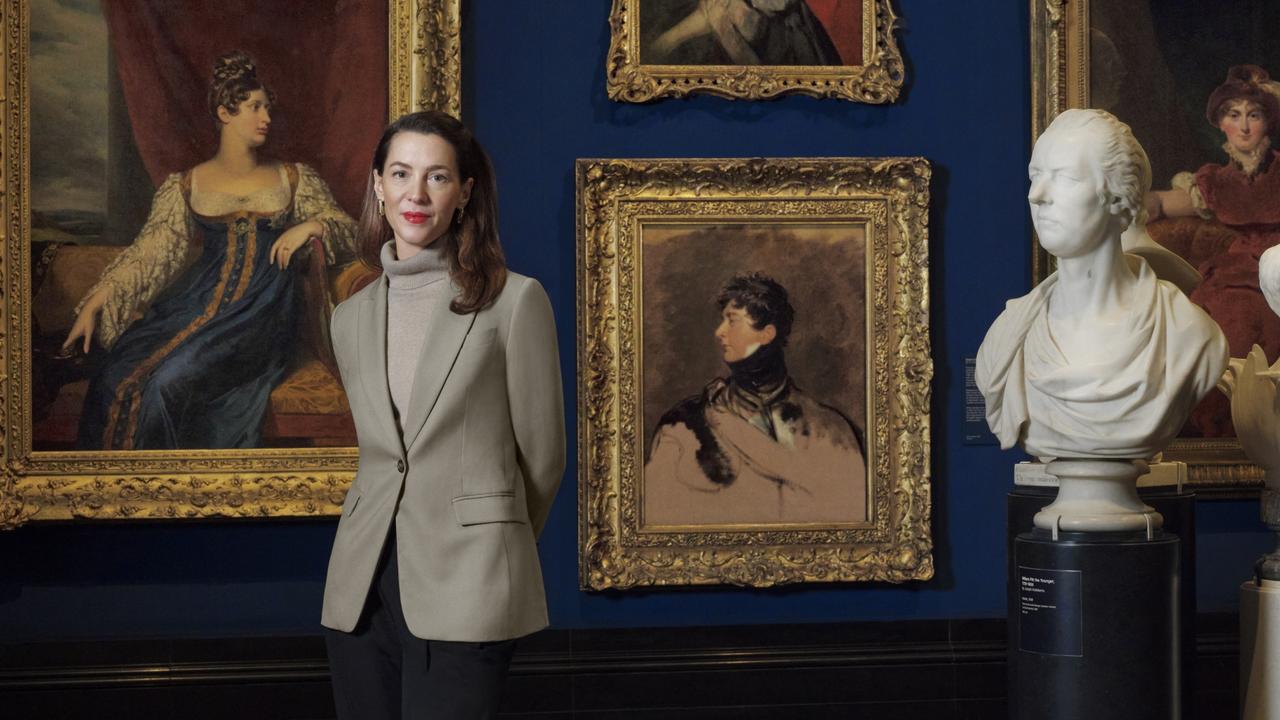
I have a theory: every 15 years or so, Australia and the nations that influence it experience a major shift in design trends. And we’re due for just such a shift in the post-Covid 2020s. Let me take you through my thinking.
Hippie culture, which had started to emerge in the US in the early 1960s, came to prominence during San Francisco’s summer of love (1967) and ushered in an era of youth rebellion featuring anti-war marches and the wider use of the contraceptive pill and illicit drugs. This movement’s arrival in Australia was crystallised in the Sunbury Pop Festival (1972). Within a few years, it seemed, Australia had let go of Mother England and reattached itself to American culture and fashion. Young Baby Boomers in the 1970s wore kaftans, tie-dyed T-shirts and army surplus jackets. It fitted their rebellious shtick.

But then something happened in the early 1980s; it was as if we all switched direction like a school of fish. In March 1981, Lady Diana Spencer, fiancée to the Prince of Wales, stepped out of a limousine in London in a strapless black taffeta dress; it sounded the death knell for the hippie movement in a single photo. Out with shapelessness, in with glamour. Diana – aided by the paparazzi – sent Sloane Ranger fashions out into the world, to be picked up by smart young things from Manhattan to Melbourne. For men the look was chinos, loafers and pale blue shirts.
But it didn’t stop there. Diana promoted provincial English culture, and was also a style icon for double-income no-kids Baby Boomers with the money to transform their homes. Wallpaper in a cricket stripe became popular, as did floral friezes. Edna Walling gardens replete with hollyhocks were de rigueur for aspiring young couples in the 1980s. And carefully placed within these gardens were terracotta geese sporting tartan bows around their necks. Yes, really.
By the 1990s Australians, ever anxious to project worldliness, again shifted their sense of design. New books such as A Year in Provence (1989) and Under the Tuscan Sun (1996) moved the aesthetic from England to continental Europe. Out with rambling hollyhocks, in with trimmed box hedges.
And in the aftermath of the global financial crisis of 2007-08, another new aesthetic emerged, pioneered by Millennials: activewear inspired by the gym and yoga.

My theory (and granted, it’s not an exact science) is that these grand shifts occur in waves every 15 years or so. So what will the design influences be in the rest of the 2020s?
Rising militarism both here and abroad could popularise structured jackets for men and women replete with epaulettes. (Google images of North Korean army officers and tell me that’s not high fashion.) Millennials broaching middle age will surely reimagine their work-from-home house and garden. Out with minimalism (a look that’s possible only when the adults of a household spend long hours at the office), in with pandemic-prepper vegie patches and acceptance of a messier lived-in look within the home.
In the 2020s the rising middle class will take their design cues from the wranglers of technology – designers, sellers, maintainers – who will naturally seek to project their values, and their style. I think we’re due for another design shift based on a confluence of demographic and cultural forces that are shaping the decade. So if you are thinking of updating your wardrobe, or redesigning your garden, or putting on a minimalist extension, I’d hold off for a while. If my design wave theory is correct, current fashions could look dated very quickly.



